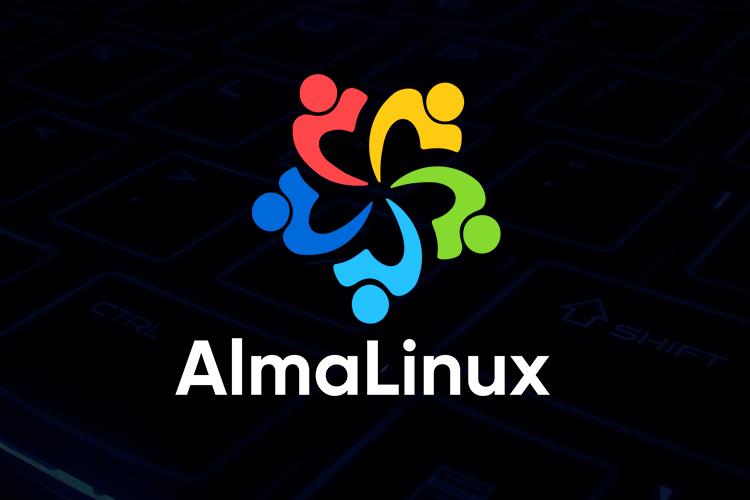As crazy as it may sound, I have CDs, I still buy them and, above all, I love listening to them <3
At home we don’t subscribe to online music services, and while I still listen to the radio a lot, I still love & always enjoy my favorite albums.
So I don’t have a portable CD player, and I also really want to be able to listen to my music from my smartphone, but without being subscribed to any streaming service. So I opted for a very manual, home-made solution, which works great!
Play CDs
Basically, you need a CD player to extract the music, and I’ve got an old Apple USB CD/DVD player that still works just fine! I plugged it into my SteamDeck, and searched the web to find out how to wake up the beast and make it swallow a CD.
I’m keeping this information carefully – I couldn’t have done it myself without the help of the Internet!
First of all, I create a text file somewhere, which I named 60-apple-superdrive.rules, into which I copy and paste the following lines:
# Apple's USB SuperDrive
ACTION=="add", ATTRS{idProduct}=="1500", ATTRS{idVendor}=="05ac", DRIVERS=="usb", RUN+="/usr/bin/sg_raw /dev/$kernel EA 00 00 00 00 00 01Then you need to go through a few command lines to :
- disable readonly on steamOS
- copy the file to the right place so that it is taken into account by the system next time
- install the sg3_utils package
- trigger the tool
- hot-activate the device
- before re-enabling read-only on steamOS
sudo steamos-readonly disable
sudo cp 60-apple-superdrive.rules /etc/udev/rules.d/
sudo pacman -Sy sg3_utils
sudo udevadm trigger
sudo sg_raw /dev/sr0 EA 00 00 00 00 00 01
sudo steamos-readonly enableAnd now, thanks to the magic of Linux, Apple’s disk eater is going to wake up and swallow some CDs!
Extract audio tracks
To do this, you need an application capable of extracting tracks from a CD, automatically finding information on the Internet to name the files, and compressing everything into the desired format! I chose to entrust this mission to Asunder and compress my tracks in FLAC format. Obviously, the storage folder is that of my personal Nextcloud.

Enjoy music
And finally, all you have to do is enjoy the sound! Any application capable of playing audio files will do. I haven’t yet found the « perfect » application for my Smartphone, and I’m still testing several, but for my SteamDeck it’s already been found: Lollypop.

